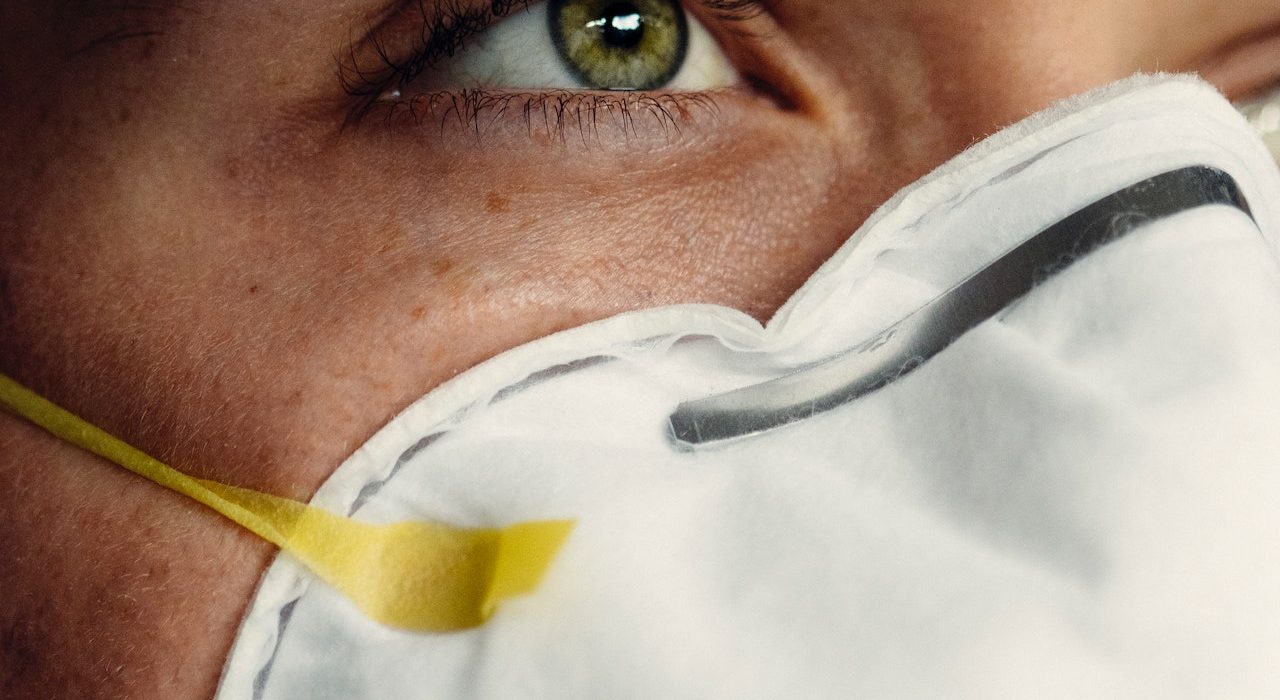What do you see when you look in somebody’s eyes? Probably nothing. Unless you have an eye disease, of course. But even if you don’t have an eye disease, you can still see sickness in the eyes. In this blog post, we will explore what causes illness in the eyes and how to treat it. We will also discuss some preventative measures that you can take to safeguard your health and keep your eyes healthy.
Definition of Eyesight
Eyesight is the ability to see clearly. Normal eyesight spans a range of distances from near (less than 20 feet/6 meters) to far (more than 200 feet/60 meters). People with normal eyesight can see details at all distances. However, people who have poor eyesight may only be able to see details at close distances or in dim light.
There are many factors that can affect your eyesight including age, genetics, environment, and health conditions. Some health conditions that can cause vision problems include: glaucoma, cataracts, diabetes, retinitis pimentos, and age-related macular degeneration.
If you have poor eyesight, it’s important to visit an eye doctor for a screening exam. A doctor can diagnose and evaluate any vision problems and recommend treatments if needed.
Read more: Sanpaku Eyes Curse
The Eye’s Anatomy
The eye is made up of many different structures and functions. The front part of the eye, known as the cornea, helps to let in light and enables us to see. The back part of the eye, called the retina, contains all the information necessary for vision. Behind the retina is a layer of cells called the choroid. The choroid makes up part of what we call the “choroid plexus” which supplies blood vessels to the retina. The macula is a small area near the center of your vision that helps you see details and colors well. Nearby are two other important areas: the fovea (where you see central objects) and the optic disc (which helps focus images in your eyes).
There are several diseases that can affect your eyesight, including glaucoma, cataracts, and age-related macular degeneration (AMD). Glaucoma is a condition in which fluid builds up inside your eye and can damage your vision. Cataracts are blocks formed from tissue that has turned to stone in your lens. Age-related macular degeneration is a condition caused by damage to cell sin your retina, which can cause loss of vision in parts of your field of view.
The Eye’s Functioning
The eyes are essential for seeing. They help us to see the world around us and to understand what we are looking at. The eyes work together as a team to provide clear vision.
The eyes can interpret images that are seen by the brain. The optic nerve carries these images to the brain. The eye contains many different parts, including the lens, retina, iris, ciliary body and choroid.

The lens is located in front of the eye and helps to focus light on the retina. The retina is a thin layer of cells that converts light into an electrical signal that the brain can understand. The iris controls how much light enters the eye and affects how bright things appear in front of the eye. The culinary body regulates how much fluid passes through the pupil (the opening at the center of your eye). This fluid helps to keep your eye healthy and functioning properly. The choroid surrounds the pupil and helps to balance important nutrients in the blood stream.
Read more: Sanpaku Eyes Curse
When Does an Eye Become Ill?
When an eye becomes ill, it may suffer from minor symptoms such as watery or red eyes, blurred vision, or a decreased ability to see in bright light. More severe cases can lead to serious vision issues, including blindness.
An illness that can cause eye problems is called a “ocular infection.” The most common types of ocular infections are bacteria and viruses. Eye infections are usually caused by the same things that cause other types of infections in the body, such as colds and the flu.
If you think that you might have an eye infection, call your doctor immediately. He or she will examine your eyes and determine whether you have a bacterial or viral infection. If you do have an eye infection, your doctor will prescribe antibiotics to treat it.
The Causes of Eye Illness
There are many causes of eye illness, but the most common are: age, genetics, environmental factors (such as pollution), and infection. Age is the biggest cause of eye disease. The eyes change as you get older and your eyes may not be able to fight off some infections as well. Genetics can also play a role in your chances of developing eye disease. Some people are more likely to develop certain types of eye diseases because they have a gene that makes them more likely to get them. Environmental factors can also increase your chances of getting an infection that can lead to eye disease. Pollution can make it harder for your body to fight off germs and infections tend to spread when it’s difficult for your body to clean itself.
There are many causes of eye illness, including:
-Aging
-Eyelashes and eyebrows
-Heredity
-Environmental factors, such as pollution and sun exposure
-Eye diseases, such as cataracts and macular degeneration
-Infectious diseases, such as herpes simplex virus and varicella zoster.
Symptoms of Eye Illness
One of the first signs of an eye illness is difficulty seeing. This may be due to a number of things, including:
• A decrease in your vision due to inflammation or damage
• A decrease in your vision because of a condition called cataracts
• A change in the size, shape or color of your eyes
Diagnosis and Treatment of Eye Illness
If you are experiencing any of the following symptoms, it is important to get evaluated by a doctor:
Eye pain
Redness or discharge from the eyes
Sensitivity to light
A change in vision
If you are concerned about your eye health, be sure to schedule an appointment with your doctor. There are many different types of eye illness that can affect anyone. Your doctor will be able to diagnose which type of illness you have and recommend the best course of treatment. In most cases, treatment consists of medications and/or surgery.






